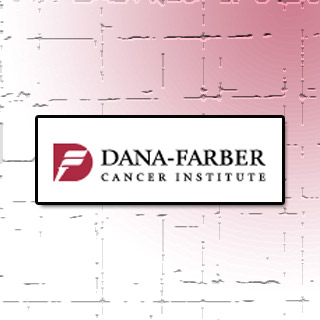
Prior study groups have probably been successful, in evolving a range of different genetic ‘fingerprints,’ that may be used to assign, breast cancers into different sub-types. Yet, reliability of these groupings seems, to be questioned. Dr Benjamin Haibe-Kains from Dana-Farber Cancer Institute in Boston, USA and colleagues wanted to develop concrete data on this issue. So, they performed the largest comparative study to date, of breast cancer sub-types.
Dr Haibe-Kains stated, “It is these differences that explain, at least in part, why patients who have tumors that appear to be similar may experience completely different clinical outcomes such as prognosis and response to anticancer therapies. Thus, there is an urgent need for developing a robust tool to provide clinicians with guidance for classifying breast cancer molecular sub-types, which could then aid in making therapeutic decisions.â€
The study authors analyzed 32 publicly available gene expression datasets. This included more than 4600 breast cancer patients and six different classification models. The authors then studied these models, in terms of concordance and prognostic value. Then, for the first time, estimations were made regarding their capacity to assign the same tumors, to the same molecular sub-types, whatever the gene expression data used to fit this model.
The Single Sample Predictor (SSP) and the Sub-type Classification Model (SCM) are the two main classes of classification models, which have been published during the last decade. But, over the years, the lists of genes that are used by these models are refined. This further resulted, in the publication of six distinct classification models.
Dr Haibe-Kains enlightened that, the study possibly found that SCMs yielded stronger concordance than SSPs. They also observed that, SCMs, including a simple model that uses only three genes -ESR1, ERBB2 and AURKA were significantly more robust, than SSPs. This SCM model is considered, to be a big step towards providing help, to physicians for diagnosing breast cancer or so.
The study was presented at the IMPAKT Breast Cancer Conference in Brussels, Belgium.
